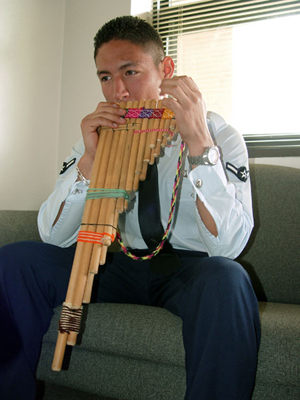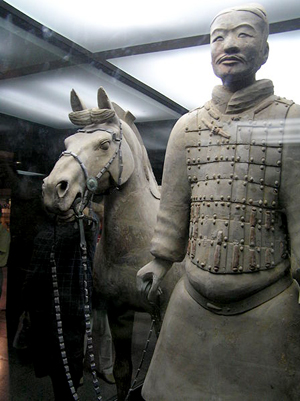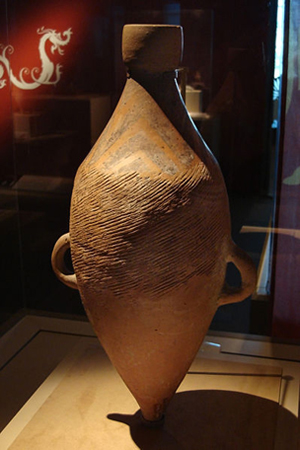JERUSALEM (AP) – Israeli archaeologists have uncovered an ancient quarry where they believe King Herod extracted stones for the construction of the Jewish Temple 2,000 years ago, the Israel Antiquities Authority said Monday.
The archaeologists believe the 1,000-square-foot (100-square-meter) quarry was part of a much larger network of quarries used by Herod in the city. The biggest stones extracted
from the quarry would have measured three yards (meters) long, two yards (meters) across, and two yards (meters) high.
The archaeologists said the size of the stones indicates they could have been used in the construction of the Temple compound, including the Western Wall, a retaining wall that remains intact and is a Jewish shrine.
“The dimensions of the stones that were produced in the quarry that was revealed are suitable for the Temple walls,” said Ofer Sion, the dig’s director.
The two-week excavation, which was conducted before construction begins on an apartment complex at the site, also uncovered pottery, coins and what appear to be tools used in the quarry dating to the first century B.C.
“Finding a large quarry related to the largest building project ever undertaken in Jerusalem … that’s more than just another discovery,” said archaeologist Aren Maeir of Bar-Ilan University, who was not involved in the excavation. “It’s an additional block that slowly reveals the picture of construction in ancient Jerusalem.”
Herod was the Roman-appointed king of the Holy Land from 37 B.C. to 4 B.C. and was known for his many major building projects, including the rebuilding of the Jewish Temple. The Second Temple was destroyed in A.D. 70 by Roman legions following a Jewish revolt.
Excavation at the site is almost complete, and the Israel Antiquities Authority says construction of the apartments will begin in the coming weeks.
Because of the amount of ancient remains in Israel, builders are required to carry out a salvage excavation before beginning construction. Such digs regularly turn up important finds.
Copyright 2009 Associated Press. All rights reserved. This material may not be published, broadcast, rewritten, or redistributed.
AP-CS-07-06-09 1015EDT






